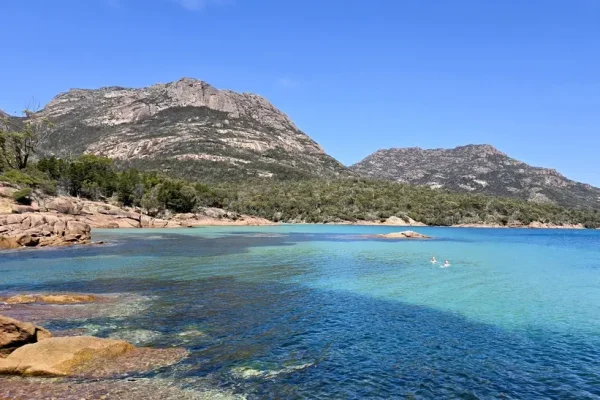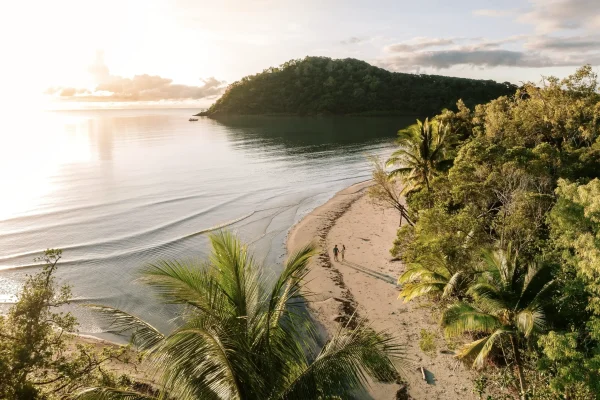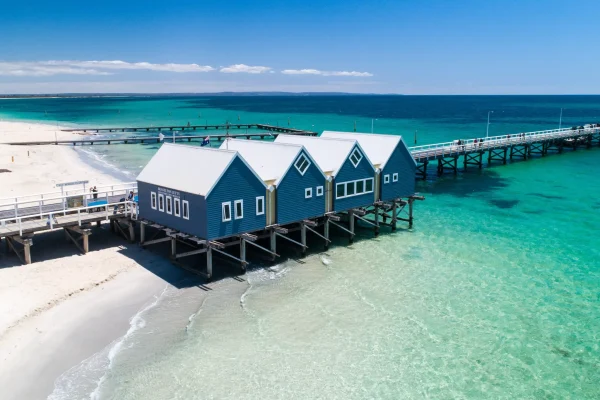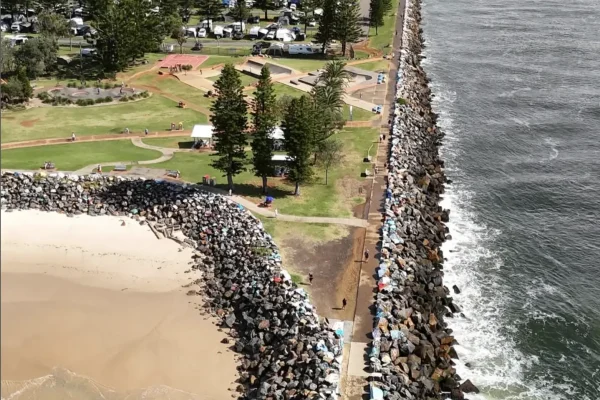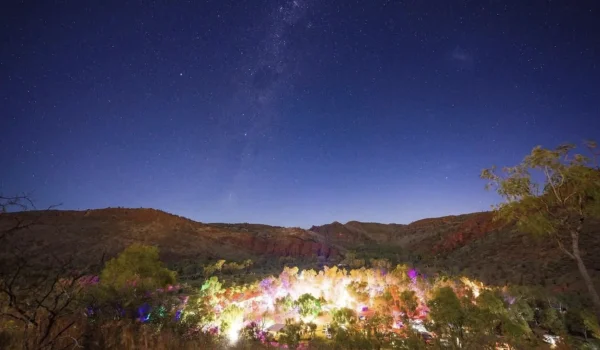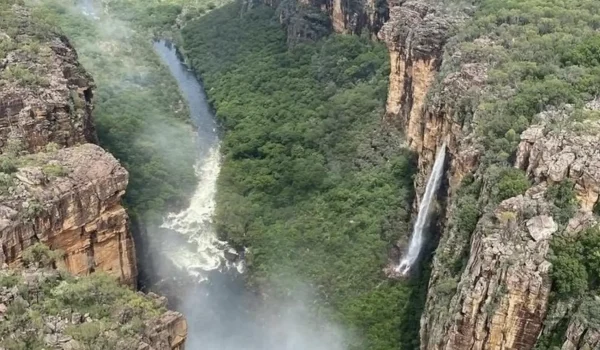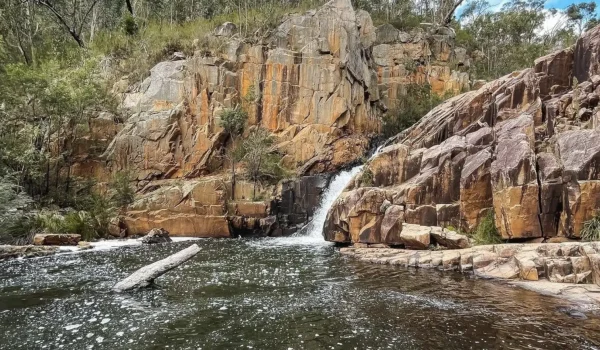Every year, millions of tourists visit the region, exploring the various attractions along the route and learning about Australia’s natural history and scenic landscapes.
The Loch Ard Gorge is a popular stop along the Great Ocean Road within the Port Campbell National Park, just a short distance from the Twelve Apostles.
The gorge has a smooth, iridescent bay and clear, blue water. The area is surrounded by two yellow-washed cliff faces and patches of vibrant greenery. Loch Ard has an exciting and colorful history that spans hundreds of years.
The History of gorge
In 1878, a clipper ship named Loch Ard ran aground on Mutton Bird Island after a challenging voyage from England.
According to reports, the ship entered the waters of Port Campbell on a dark and misty day on the 1st of June. Not long before, they realized the boat had reached shallow waters and collided with a rock reef, ultimately grounding near Mutton Bird Island. Sadly, out of the fifty-four passengers on board, only two survived. Survivors included a nineteen-year-old sailor apprentice, Tom Pearce, and a nineteen-year-old Irish girl, Eva Carmichael, travelling with her family.
Tom washed ashore at a sandy beach. He heard a woman’s cries for help nearby. He bravely headed into the waters and rescued Eva. They called for help from the locals. Tom became famous in Victoria and was welcomed as a hero. After three months, Eva returned to Europe and married an aristocrat. Tom remained a sailor and later died at the age of 49. He was known as a hero of his time.
How gorge was formed
This section of the coastline is composed of Sandstone and Limestone. Limestone is essentially Sandstone that contains a minimum of 50% fossil content. This geological formation originated at the seabed of a remote ocean in the distant past.
This particular area of the Earth was located elsewhere on the planet over 20 million years ago and on the ocean floor; over time, plants, fish, sand, and other debris accumulated and compacted beneath the water’s surface for thousands of years.
This region’s coastline has changed due to continental drift and geological processes. Around 6,000 years ago, the current ocean level was established after the last Ice Age. Since then, the coastline has been subject to erosion from wind and waves originating from the Southern Ocean.
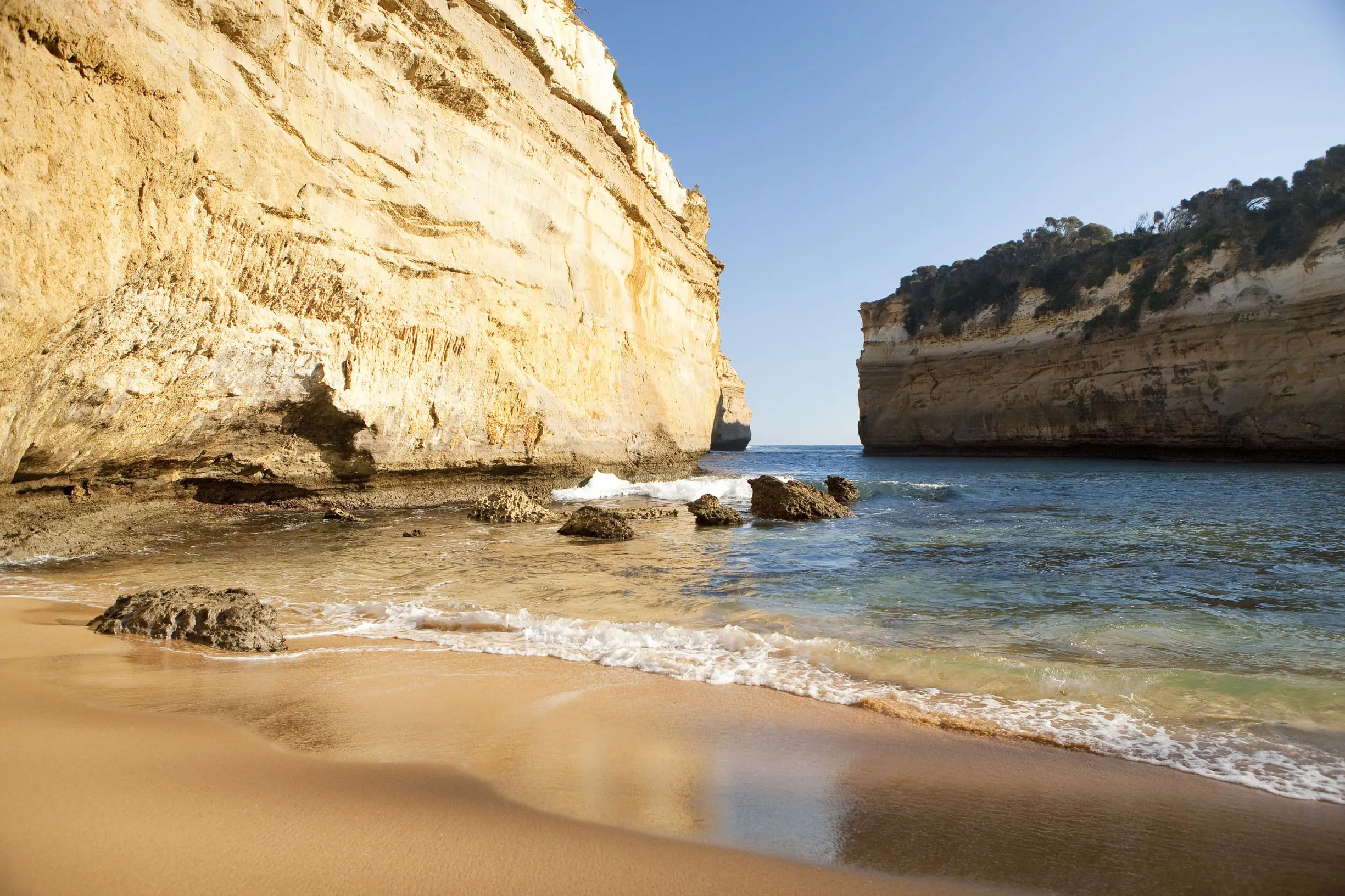
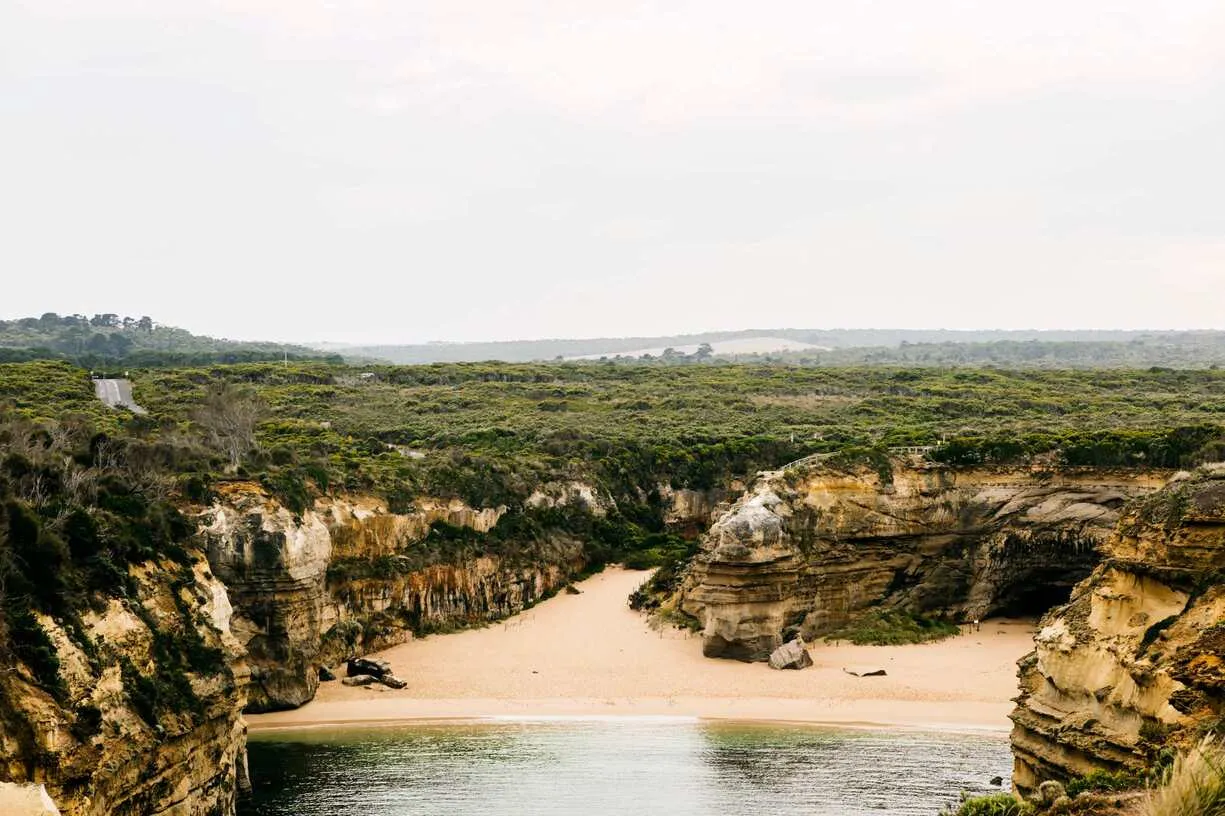
Exploring gorge
Loch Ard Gorge is considered one of the most intriguing places in Port Campbell National Park and along the Great Ocean Road.
The gorge is surrounded by sandstone cliffs that range from 20-30 meters in height. There are several short walks available for exploration that are flat and easy. Still, the main attraction is descending the stairs into the gorge, where you’ll discover a beautiful sandy beach. Usually, the water is too rough for swimming. Still, if you visit on a calm day (a few times a month), you’ll have the opportunity to swim amidst towering, ancient cliffs, unlike any other place.
The area is known for its beautiful scenery, including towering stone formations, cliffs, and the ocean crashing against them. Additionally, it is the location of the infamous shipwreck of the Shipwreck Coast, when the Loch Ard collided with Mutton Bird Island near the gorge.
Explore the area on foot
One can walk 300 meters from here past the Island Arch and over to the Razorback to view three of the eight 12 Apostles not visible from Castle Rock at the official Apostles viewing area. This is one of three walks available at Loch Ard Gorge. The other two include descending to the beach in the gorge and taking the Shipwreck Walk to see where the Loch Ard collided with Mutton Bird Island, offering a beautiful view back into the gorge.
From the same car park, visitors can walk to Thunder Cave to listen to the sound of the ocean. For those with more time, there is the option to continue walking to Broken Head and the Sherbrook River Mouth, where powerful waves crash onto the beach and cliffs. These areas offer exciting opportunities for exploration, but caution is advised as accidents have occurred due to the unpredictable nature of the Southern Ocean meeting the coastline.
Walk on walking tracks
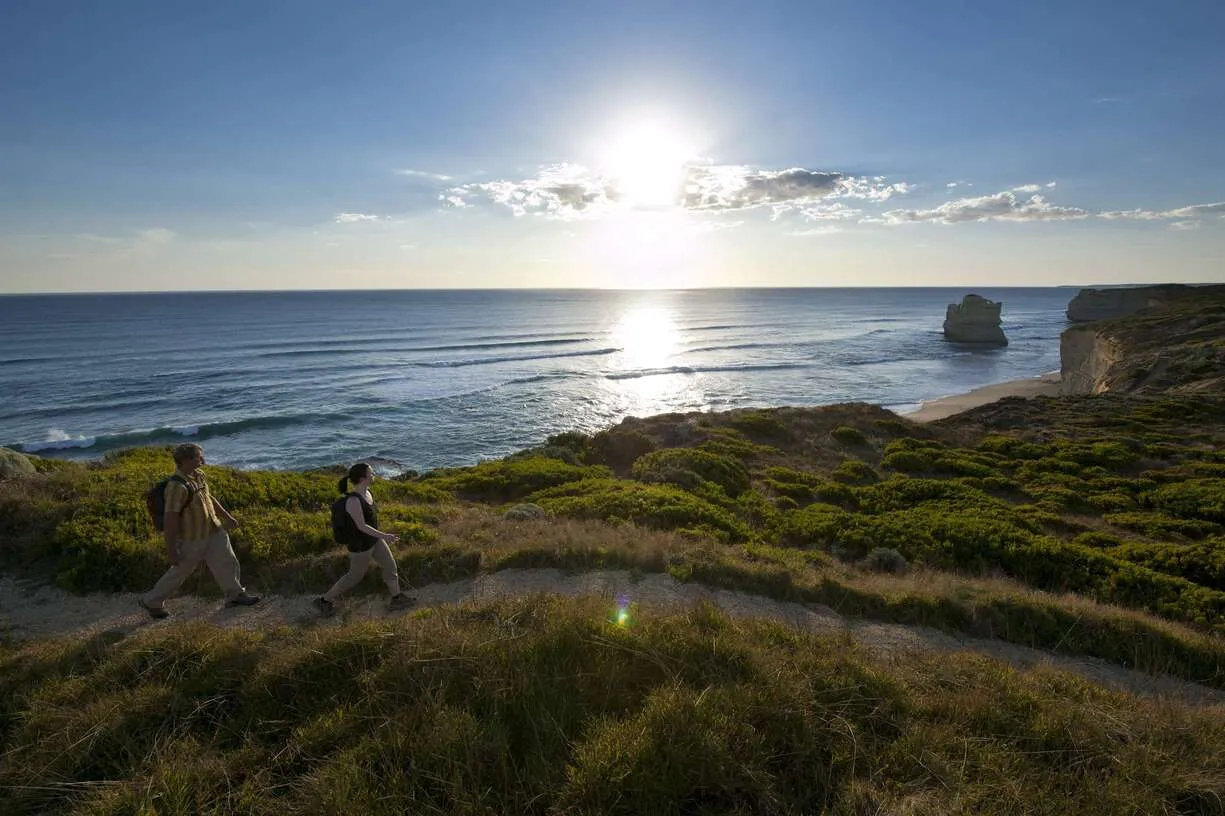
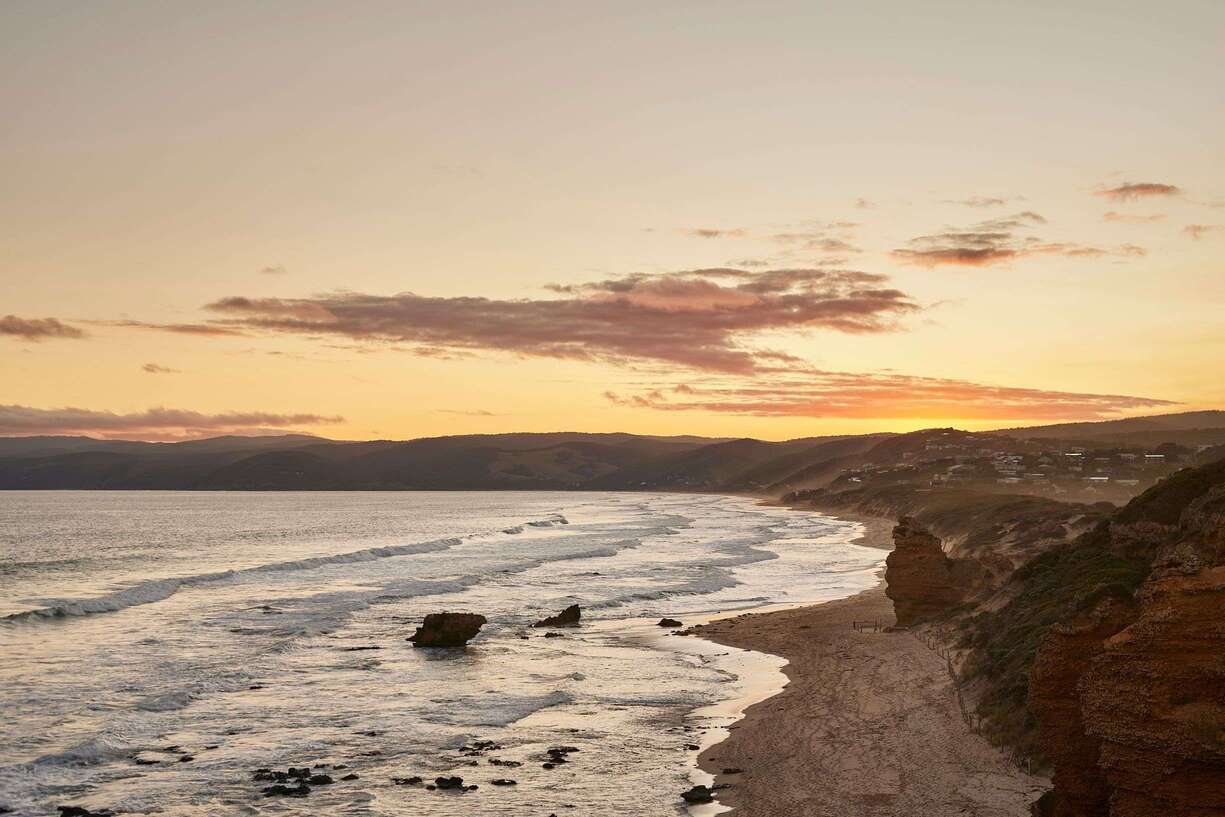
Wreck Lookout
The Loch Ard Gorge can be observed differently, as it seamlessly merges with the nearby car park and the 1.4km Wreck of the Loch Ard trail.
Shipwreck
Explore the region’s historical significance by walking along a 1.4-kilometre track that can be completed in just 50 minutes. This adventure offers a relatively easy terrain, including a few staircases, slopes on the path, and a narrow section near the cemetery
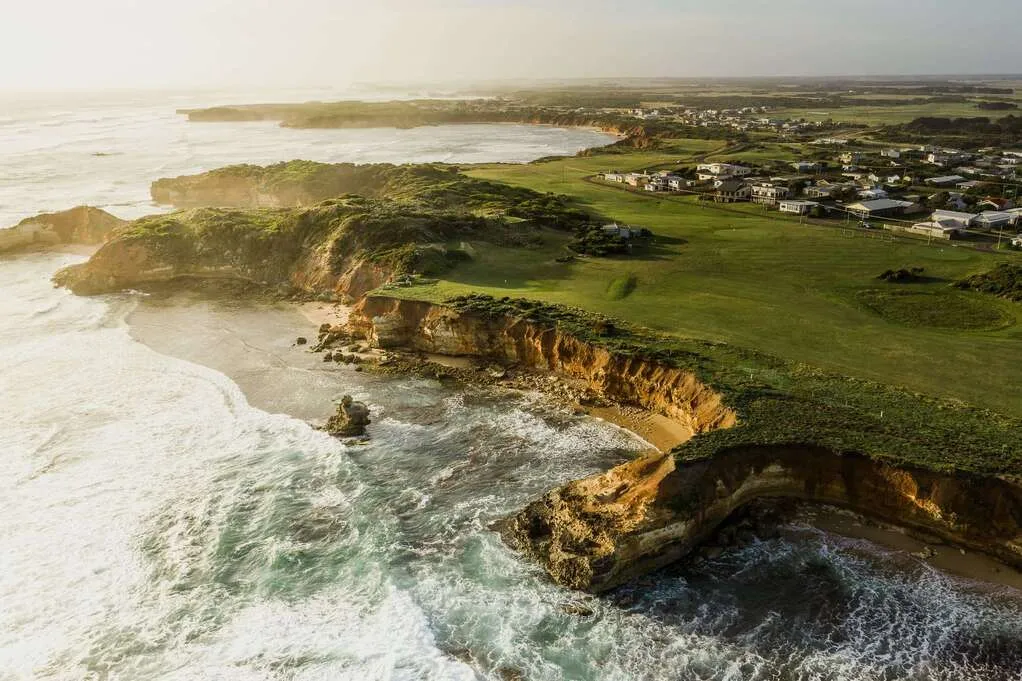
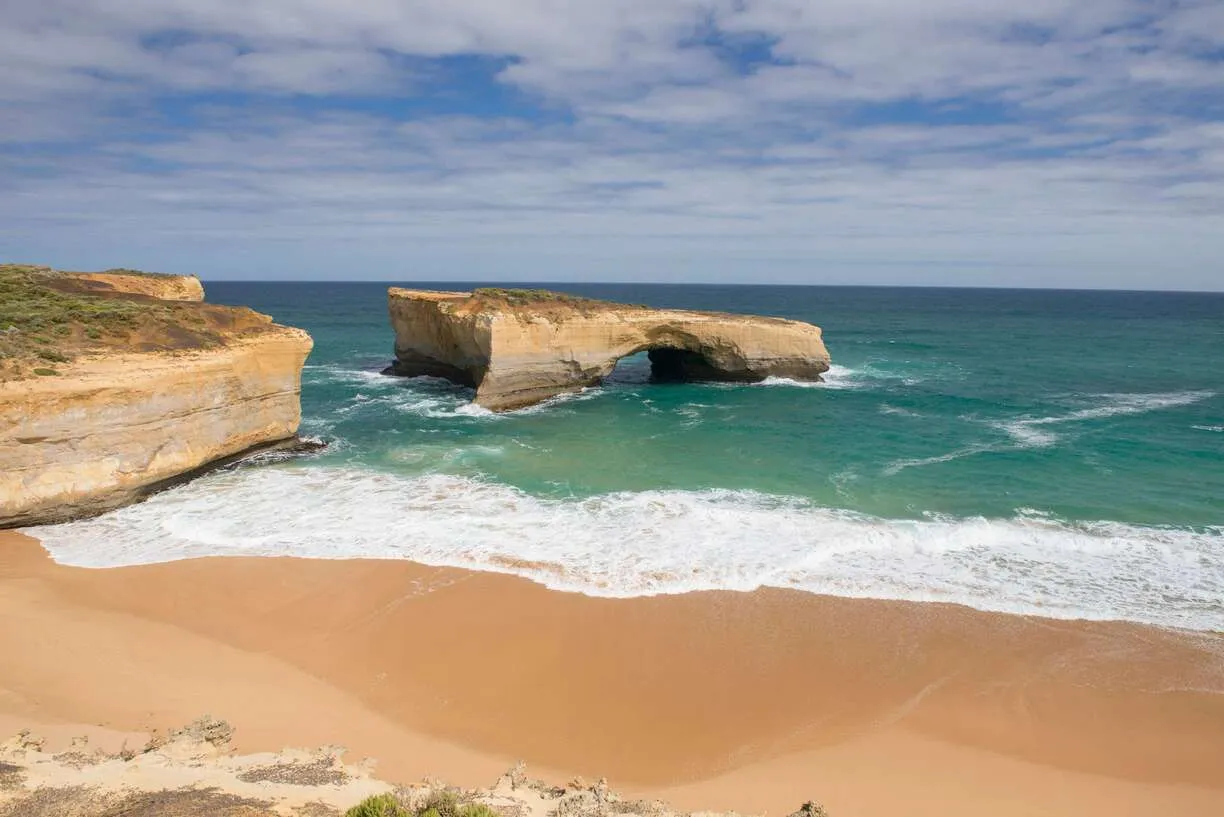
Mutton Bird Island Lookout
Geology Walk
The Geology walk is a 900-meter loop trail with a crushed rock and bitumen surface. It offers ocean views and attractions like the Razorback and Island Arch. It is considered the quickest and most accessible walking track in the area. If you are short on time, the Geology walk is the perfect option, as it only takes about 900 meters to complete the loop, including The Razorback and Island Arch.
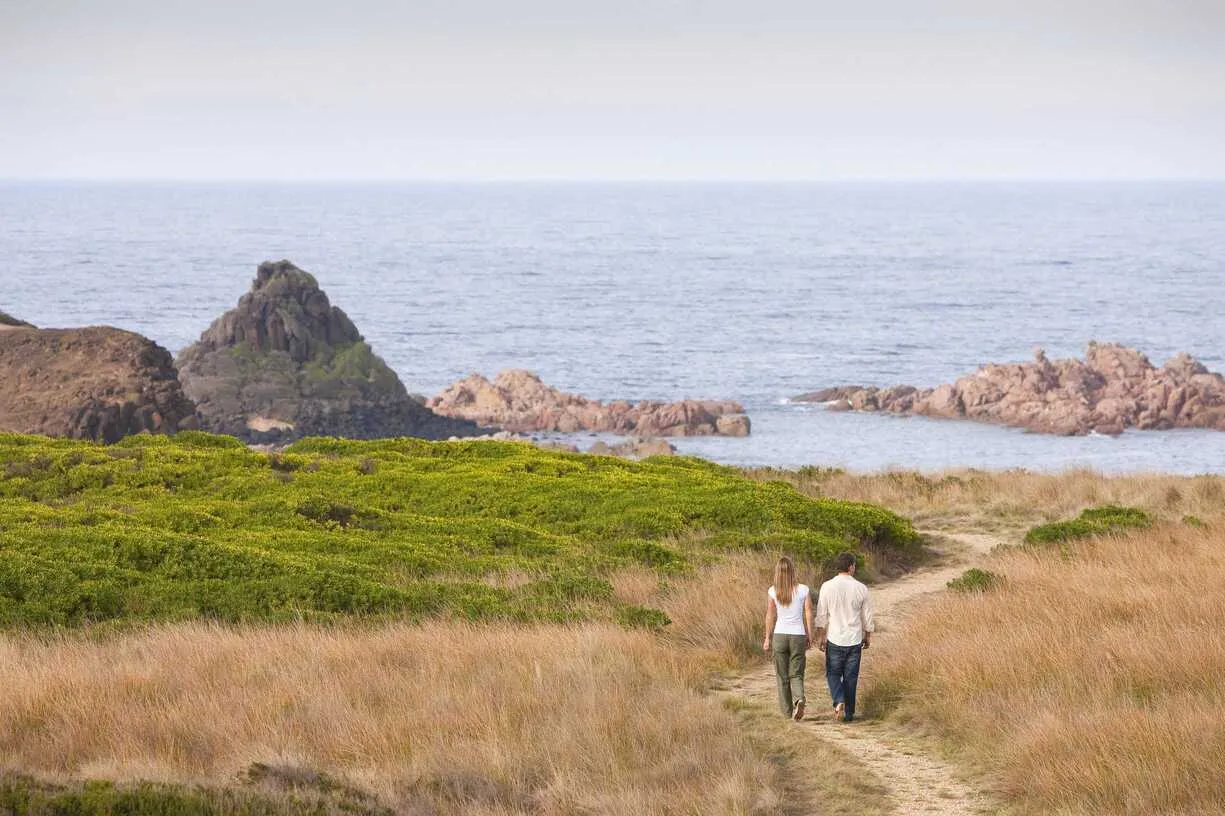
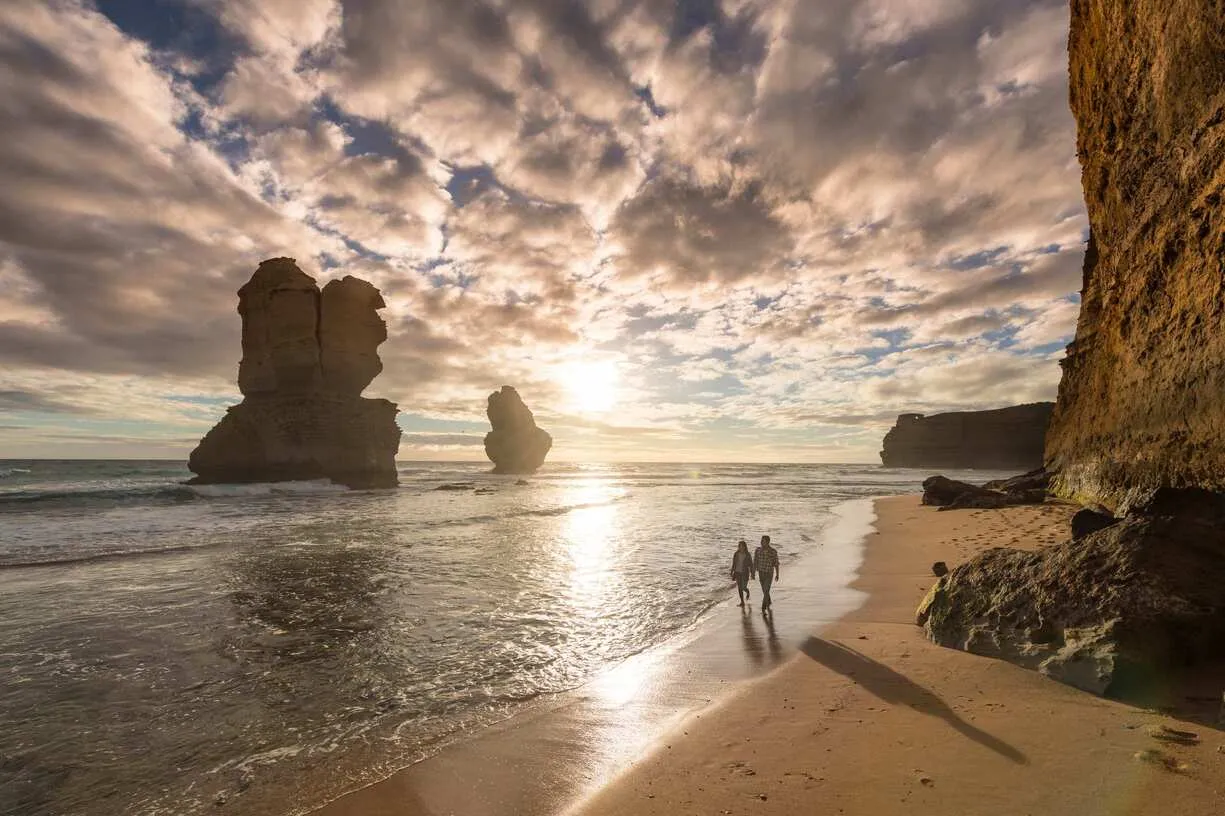
Visiting the Twelve Apostles nearby
A visit to the Great Ocean Road is not considered complete without stopping by the iconic Twelve Apostles. These immense rock formations emerge from the rugged coastlines, towering above the sandy beach. Seeing these extraordinary natural wonders in person is breathtaking, as photographs do not fully capture the beauty of these towering rock stacks.
Thunder Cave
The path is 1.1 kilometers long and connects to a 3.2-kilometre trail along the coast. The Thunder Cave area is about 550 meters from the car park, so it’s easy to access. The path has a gentle slope and a smooth concrete surface, making it wheelchair and pram-friendly. Visitors can enjoy a stunning view of the sparkling blue sea from the clifftop rocks.
Sunbathe on the beach
One can go swimming at
Swimming at Loch Ard Gorge can provide a memorable experience and potential risks. The beach in the gorge can be safe on calm days, but it’s important to note that this coastline is considered one of the most dangerous on Earth, with conditions that can unexpectedly change.
Typically, the waves that reach the beach have a height ranging between 1 meter and 15 meters. It is not advisable to enter the water even on a calm day if you are not accustomed to the ocean, so swimming here on a rough day is risky. The waves are powerful, and the receding water can pull a person under and carry them to the ocean.
Positioned a mere 5-10 minutes west of Loch Ard Gorge, Port Campbell is a town that boasts a beautiful and secure beach at its heart, offering spectacular views and a serene environment. Its beachfront campsites and proximity to famous surfing beaches have led many to regard Port Campbell as the most picturesque locale along the Great Ocean Road.
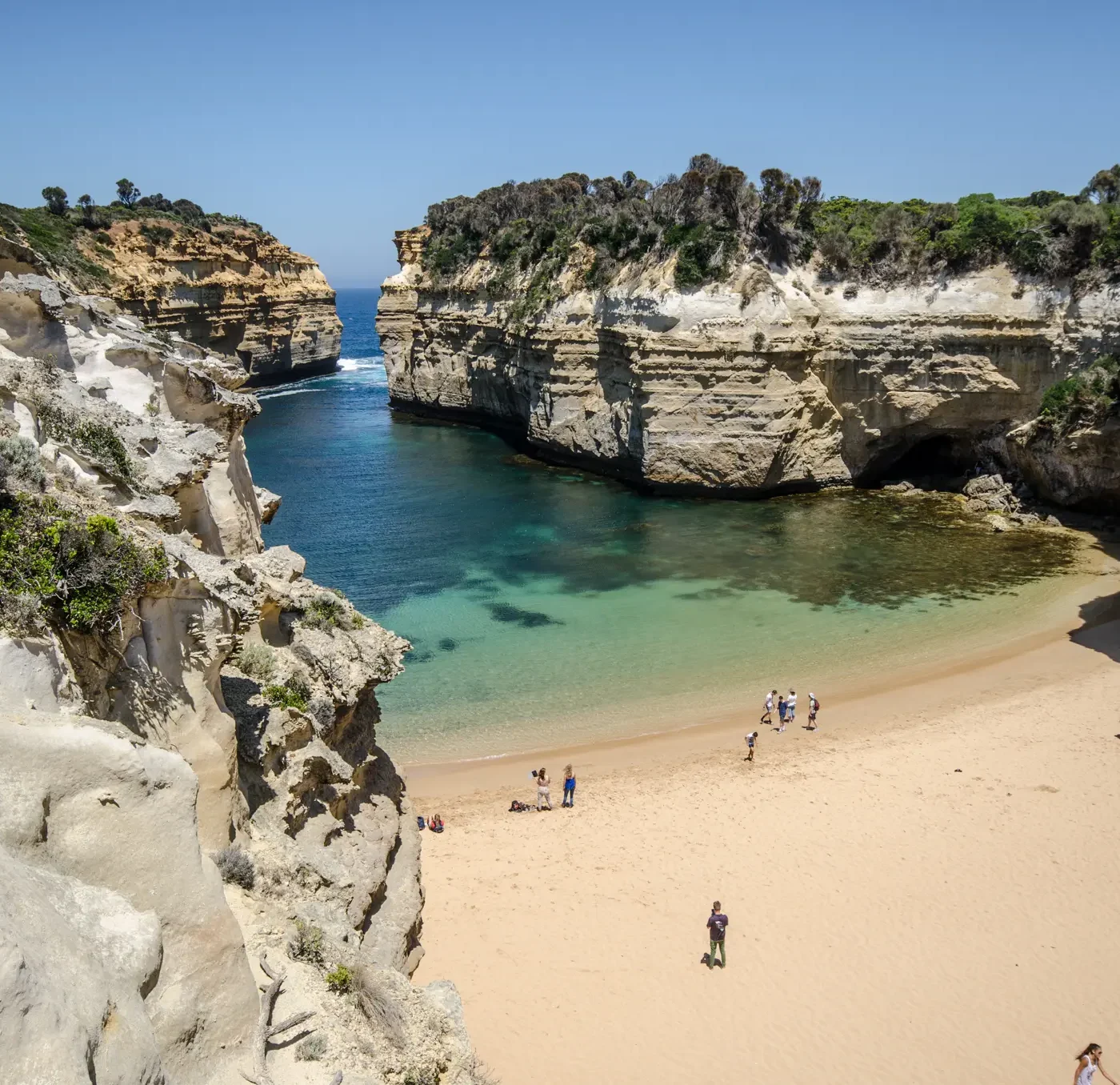
Loch Ard Gorge Tours
A road trip from Melbourne to Loch Ard Gorge typically spans around three hours, making a day excursion quite manageable. Yet, rushing through with express Great Ocean Road tours to Loch Ard Gorge is not advisable. The vicinity offers abundant activities suitable for a day’s exploration or an extended stay. Close by, the 12 Apostles beckon, surrounded by a vast coastline extending in both directions, enriched with coastal tracks and inviting further exploration.
Rather than settling for a swift visit to Loch Ard Gorge and the 12 Apostles, consider dedicating time to traverse the entire Great Ocean Road. This route is peppered with numerous other attractions worth discovering, from stunning beach vistas to spectacular stretches of road. If planning to cover the entire Great Ocean Road in a day, position Loch Ard Gorge as either the starting point or the culminating step of your journey.
Where is Loch Ard Gorge?
Loch Ard Gorge is situated 1km west of the 12 Apostles some 250km South West of Melbourne.


